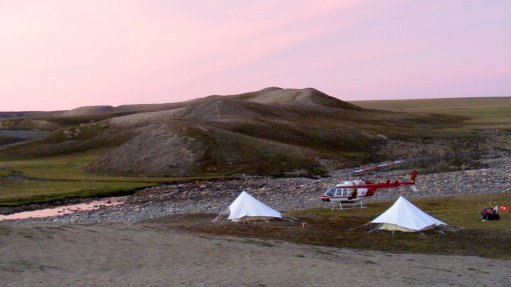
New data has revealed that the global exploration recovery, which began in late 2016, has faltered this year, with the estimated nonferrous exploration budget falling by 3% to $9.8-billion.
Latin America remains the top region for exploration, despite its $2.62-billion budget being $117-million less than in 2018.
Australia's nonferrous allocations have increased the most, by $199-million to $1.53-billion, surpassing Canada for the first time since 2001. Canada has slid by $134-million to fourth place with $1.31-billion.
In third place is S&P’s rest of the world region, which includes Europe and mainland Asia. Allocations to the latter have fallen by $241-million to $1.44-billion in 2019, placing it behind Australia for the first time since 2003.
Merger and acquisition (M&A) activity, particularly high-profile deals among major companies, was the key driver of budget reductions, S&P Global Market Intelligence's corporate exploration strategies series has revealed.
The exploration budgets of the combined entities are lower than the collective amounts allocated premerger by the individual companies. The Newmont-Goldcorp and Barrick-Randgold mergers earlier this year are the most notable, as the post-merger Newmont Goldcorp and Barrick Gold have allocated about $48-million and $54-million less, respectively, than the totals budgeted by the pairs of separate companies in 2018.
S&P’s data reveals that gold explorers have lowered their budget by $559-million to $4.29-billion in 2019, the largest decrease for any commodity, while allocations for base metals have increased by $191-million to $3.23-billion.
S&P explains that the rise in base metals has been driven primarily by copper, which increased by $245-million to $2.32-billion. Nickel budgets have also increased, by $54-million to $351.6-million, while zinc allocations have fallen by $108-million to $564-million.
Allocations to most other commodities have decreased slightly, with the exception of diamonds, which has posted its first increase in six years.